Toyota Yaris (2011-2020) Review
Written by Andrew Brady
Quick overview
Pros
- Fairly big boot by class standards
- Tempting hybrid option
- Toyota has an epic reliability record
Cons
- Fairly uninspiring to drive
- Cabin doesn’t feel very posh
- Equipment levels are very mixed
Overall verdict on the Toyota Yaris
"In this Toyota Yaris review we are looking back at a small car that sticks to a very simple template. Forget about an exciting driving dynamics, attractive design or high-tech features - the Toyota Yaris is easy to drive, boringly reliable and undemanding in almost every aspect. The reality is that for a lot of car buyers this is the dream ticket; a car that requires almost no effort to drive or own, and for that it is worthy of consideration."
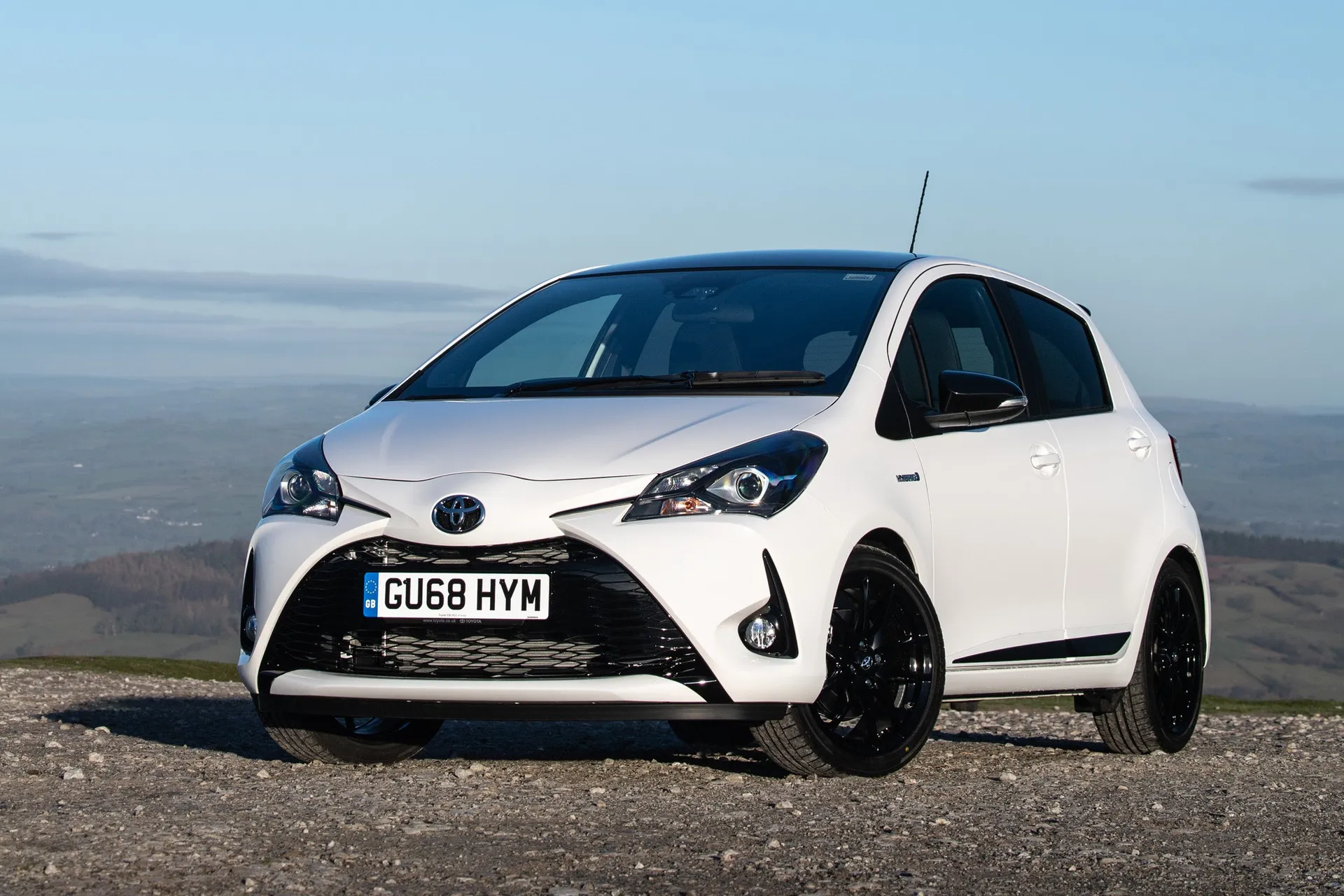
An event that occurred in 2011 - albeit one of little historical or cultural significance - was the release of the third-generation Toyota Yaris. By the standards of the day, it looked very appealing compared with rivals. Sharply styled, solidly built, impressively roomy and practical, and with a well-earned reputation for faultless reliability. Things looked bright.
However the world was a very different place back then, and things move on. Things including most of the Toyota Yaris’s rivals. Gradually, over the years that followed, each one was replaced with a newer offering that added more driver appeal, more quality, more technology, more luxury equipment, and more of, well, everything.
Meanwhile, the Toyota Yaris remained in service for a full nine years before eventually being replaced, and by the end of that considerable amount of time, it had been left way behind.
Judged by more modern standards, then, the Toyota Yaris is very mediocre in a vast number of areas. It’s neither particular fun nor particularly comfortable to drive, while its naturally aspirated engines don't feel particularly punchy compared with the turbocharged equivalents in rivals. The cabin is no longer particularly roomy by class standards, and the interior feels rather dated and bland compared with newer, posher-feeling rivals.
Was it particularly cheap or particularly well equipped? Well, no, not particularly. Was it particularly refined or particularly impressive on safety? Again, not particularly. Yes, it still had its impressive reputation for reliability to fall back on, a reputation that had since been justified by the Toyota Yaris’s impressive performance in this area, but in every other area, the Toyota Yaris had become particularly unremarkable.
For that reason, it’ll suit somebody looking for a dependable runabout that’ll get them from A to B without conking out. However, if you want your transport to have any degree of charm or polish, there are better choices out there.
If you're looking for the newer version, you need our Toyota Yaris (2020-) review.
Is the Toyota Yaris right for you?
Do you look upon your car merely as transport? Is it an appliance that’s included in your life simply to get you from A to B, and you’re really not fussed about the way in which it does so, as long as it does so reliably? Well, if that’s the case, the Toyota Yaris could be a decent option for you. First off, Toyota has a reliability record that’s the envy of the motor industry, so it should be as dependable as hatchbacks get.
In most other ways, though, the Toyota Yaris is fairly average, if we're honest. The interior isn’t particularly appealing or spacious, the driving experience isn’t particularly comfortable or entertaining, and while some versions are well equipped, others really aren’t. Solid transport, but fairly joyless in most other ways.
What’s the best Toyota Yaris model/engine to choose?
Unfortunately, it’s incredibly difficult to say definitively. That’s because the Toyota Yaris range has undergone so many radical changes to its engine line-up and trim structure over its long lifespan.
At last count, we were aware of no less than 25 different trim levels being offered over time, and what with all the various special editions that were offered periodically, there might well be more we don’t know about. It’s worth noting, though, that standard equipment got considerably more generous as time went on, so from that point of view, you’ll probably be better off with a late car rather than an early one.
Engine-wise, we can see plenty of sense in going for the hybrid, because it’s one of the cheapest hybrids you can buy and still provides great economy. If you’re not so fussed about that, then we’d recommend avoiding the super-slow entry-level 1.0-litre engine and going for the higher powered petrol version, that being a 1.3 or a 1.5 depending on the age of the car you’re considering.
What other cars are similar to the Toyota Yaris?
The small hatch is still the popular type of car there is in the UK, and as a member of that family, the Yaris has no shortage of rivals, many of them with very familiar names here.
The most familiar include the Ford Fiesta, Vauxhall Corsa, Volkswagen Polo, Peugeot 208, Renault Clio, Nissan Micra and SEAT Ibiza. Maybe not as familiar - but no less competitive - are the Skoda Fabia, Citroen C3, Kia Rio, Hyundai i20, Suzuki Swift and Dacia Sandero.
Comfort and design: Toyota Yaris interior
"The Toyota Yaris has comfortable, supportive seats, and happily, the one on the driver’s side has height adjustment as standard, although some drivers might wish that it went a little lower than it does. "
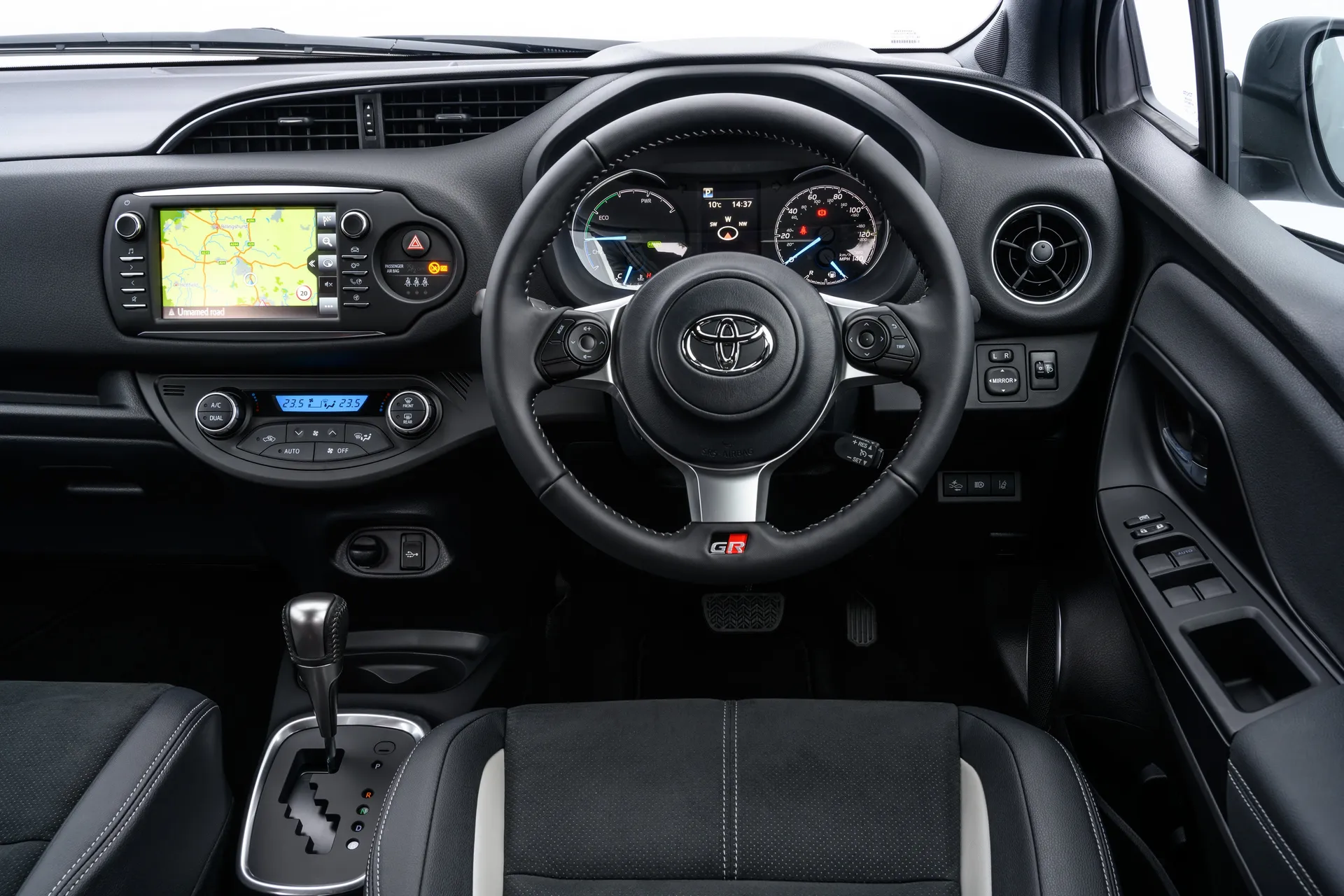
Still, drivers of most shapes and sizes should still be able to find a comfortable position, because as well as the seat adjustment, you also get a steering wheel with reach and rake adjustment. Visibility is also very good at both ends of the car thanks to large windows with pillars that aren't too chunky, certainly not chunky enough to result in any significant blind spots.
The dashboard doesn’t have much in the way of switchgear, but the little there is is logically placed and clearly marked. The air-con controls, for example, sit precisely where you’d expect to find them, and with large buttons and chunky-feeling dials, they’re a doddle to use. Even the buttons on the dashboard are big enough to not feel fiddly.
Quality and finish
Many small hatchbacks have colourful interiors to inject a sense of fun and character, but don’t go expecting that with the Toyota Yaris. Most versions have a decidedly grey, monotone colour scheme that makes the cabin look very sombre and conservative, so you won’t feel much in the way of joie-de-vivre.
The finishes on display are also rather more functional than feelsome. There are some soft-touch materials to be found on the doors and the top of the dashboard, but everything else is fashioned out of hard, unappealing plastic. It also feels very solidly assembled and hard-wearing, but compared with rivals, it looks rather dull and doesn’t feel awfully posh.
Infotainment: Touchscreen, USB, nav and stereo in the Toyota Yaris
Early entry-level versions got a basic stereo with six speakers, a CD player, and FM/AM radio, but we never encountered a car with this fitted, so we can’t tell you how easy or difficult it was to use. Sorry about that.
Most other versions came with Toyota Touch, which was a system that added Bluetooth and a 7.0-inch touchscreen interface, while higher spec versions incorporated sat-nav and later versions added DAB radio, although the system never supported Apple CarPlay or Android Auto.
The system isn’t all that easy to use, either. The on-screen menus are rather long and complicated, while the graphics are a little fuzzy and look rather dated. Screen transitions can also be rather slow, and the screen occasionally fails to register a jab of your finger. By the standards of the latest systems, it all feels rather old-school.
Space and practicality: Toyota Yaris boot space
The Toyota Yaris is competitive with most of its rivals for interior space, but at the same time, it isn’t particularly dazzling.
As normal, there’s plenty of space in the front seats, while in the back, there’s also plenty of headroom, but legroom is rather tighter - tall adults should fit, but they might find their knees pressing into the front seats. The cabin is too narrow for three adults to sit side-by-side, too, but three kids should fit provided they’re big enough to not need child seats or boosters.
A flat floor in the rear makes things more comfortable on that score, too. A pair of child seats will fit in the outer rear seats, and there are ISOFIX points to attach them securely.
The boot is a good size by class standards, so you’ll carry marginally more than you will in many rivals. The opening has a significant load lip that you’ll need to haul heavy items over before dropping them in, but that applies to pretty much every car in the class. Many come with a moveable boot floor designed to flatten it out, but the Toyota Yaris doesn’t.
This also means that when you drop the 60-40 split folding rear seats to extend your cargo-carrying capacity, you’re left with a large step in the floor. The backrests don’t quite lie flat, either.
Handling and ride quality: What is the Toyota Yaris like to drive?
"Most versions of the Toyota Yaris have a rather soft suspension, which does a decent job of soaking up smaller bumps and ripples in the road, but bigger bumps and potholes present more of a challenge, and you can feel these thudding into the cabin."
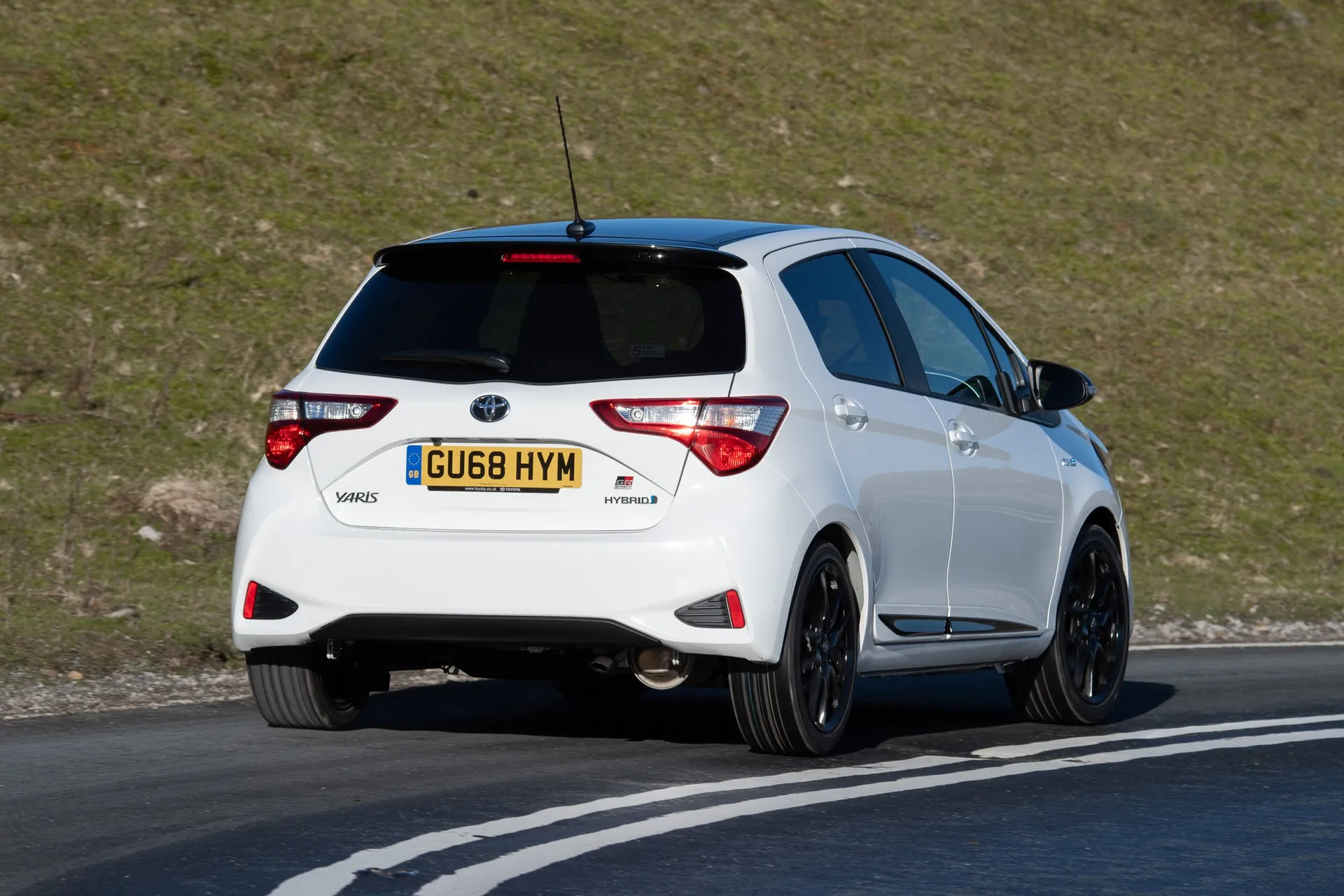
The hybrid has a slightly firmer suspension in order to handle its extra weight, but it’s no less comfortable over bumps and ruts. In fact, because it controls vertical body movements better than the other versions, which can feel rather floaty over crests and dips, the hybrid is actually more comfortable if anything. The GR Sport version, meanwhile, has a sports suspension that takes things too far on the stiffness front, and this version feels a lot more jittery.
On most versions of the Toyota Yaris, the handling is capable, if a little uninspiring. Grip levels are adequate, although these do run out earlier than they do in many rivals, while the body leans over more in corners and the steering is slower to react and gives you less feedback. The hybrid has skinnier low-rolling resistance tyres that make it feel marginally less secure in corners, while the GR Sport’s firmer suspension makes it feel a little more eager to turn, although it still isn’t a hugely sporty experience.
Engines and gearboxes: What engines and gearboxes are available in the Toyota Yaris?
The engines on offer changed throughout the Toyota Yaris’ long lifespan, so there’s plenty to cover here. We never got to try a couple of the early ones, a 1.0-litre petrol with 69PS and a 1.4 diesel with 90PS.
We did try the 1.3 petrol, though, which had 99PS, and it was absolutely fine by the standards of the day, feeling perky enough around town and not struggling too much to keep up with the ebb and flow of motorway traffic, although it never felt that quick. This engine was later replaced by a 1.5-litre petrol, which we never got to try, but although it was significantly cleaner than the 1.3, its performance figures were very similar.
The version of interest to most buyers, though, will be the hybrid, which combines the 1.5-litre engine with an electric motor. Again, it’s not what you’d call brisk, and you might be left wanting a little bit more go on the motorway, but around town and at more moderate speeds, it feels reasonably perky and responsive. Keep your accelerator inputs gentle, and you can roll along at low urban speeds under electric-only propulsion for much of the time.
Whichever engine you pick, though, it’s worth noting that newer rivals with small-capacity turbocharged engines feel a good bit perkier.
Refinement and noise levels
This is not an area in which the Toyota Yaris is particularly impressive. Drive the hybrid version very gently at low urban speeds and your electric-only progress will be very quiet indeed. However, if you press the accelerator with any meaningful purpose, the petrol engine fires into life and the standard CVT (Continuously Variable Transmission) sends the rev soaring until you lift off again, and that results in plenty of noise and vibration.
The gearshift in the manual models is a little on the notchy side, but it’s nothing that’ll irritate you. The hybrid’s engine also has to work rather hard on the motorway, too, but although the 1.3 is a little more relaxed on that score, you’re also subjected to a fair amount of wind- and road noise at 70mph in all versions.
Safety equipment: How safe is the Toyota Yaris?
The amount of safety kit your Toyota Yaris has will greatly depend on how old it is. Later versions have measures including seven airbags, tyre pressure monitoring and ISOFIX child seat mounting points, and also come as standard with a suite of technologies called Toyota Safety Sense.
This includes driver assistance technologies such as automatic emergency braking, lane-departure warning, speed limit display and automatic high-beam assistance for the headlights. All good stuff. However, this package was an optional extra on earlier cars, and not offered at all on pre-2015 cars.
However, the Toyota Yaris was tested twice over the years by Euro NCAP, achieving the full five-star score on both occasions, so it must’ve been doing something right where safety was concerned.
MPG and fuel costs: What does the Toyota Yaris cost to run?
"Comparison between the early engines and later engines is a little bit tricky here. "
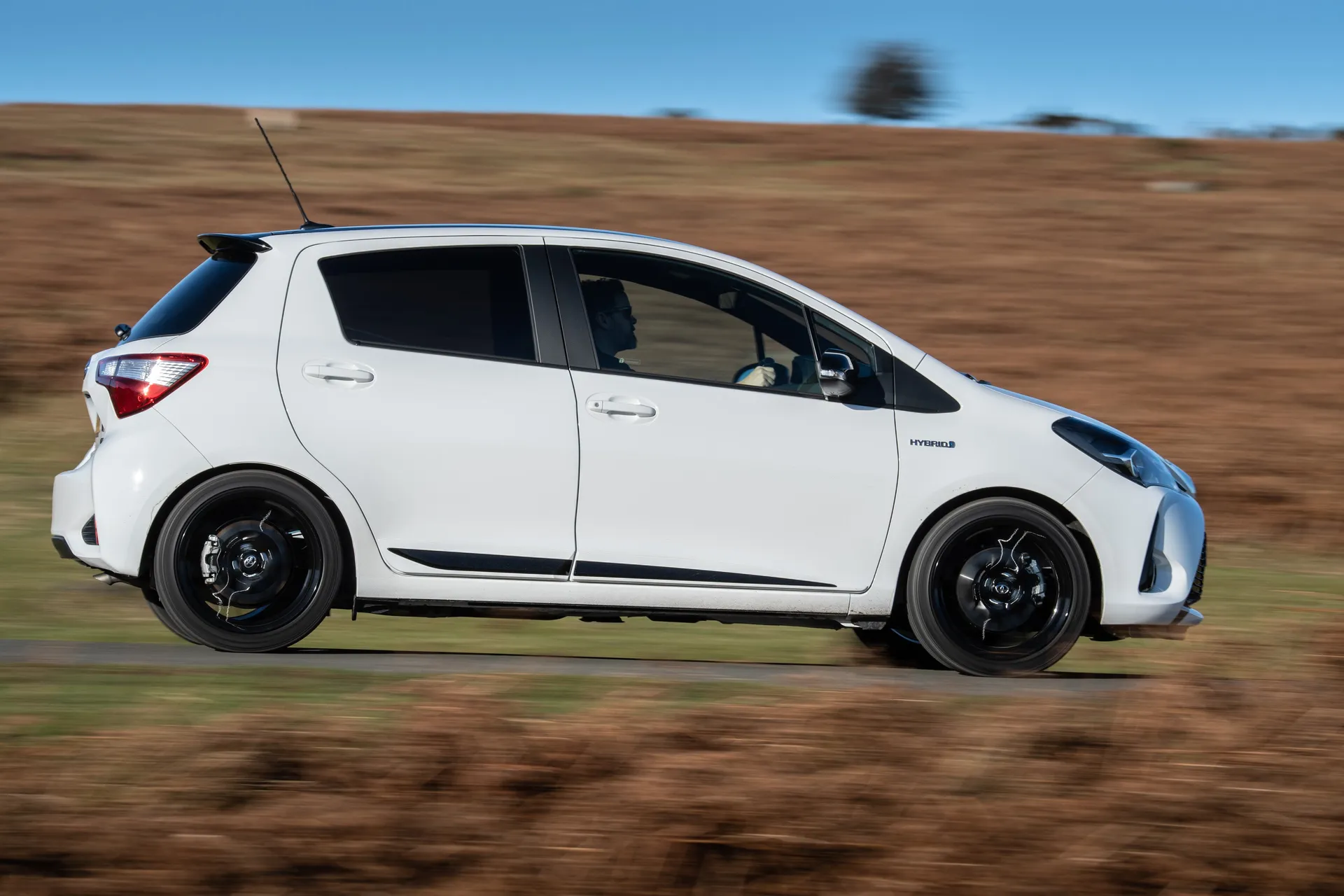
Early versions were tested under the old NEDC regulations, while the later cars were tested according to newer WLTP procedures that were designed to be more representative of real-world driving conditions despite these tests still being conducted in a laboratory.
To give you some idea of the difference, the Toyota Yaris hybrid was tested under both regimes achieving a figure of around 80mpg in NEDC tests and slightly less than 60mpg in WLTP ones. Quite a difference, that. For what it’s worth, the diesel and the 1.3 petrol had NEDC figures of 70mpg and 54mpg, respectively, while the 1.0 petrol and 1.5 petrol had WLTP figures of around 49mpg and 47mpg, respectively.
How reliable is a Toyota Yaris?
This is arguably the main reason you'd buy one. The Toyota Yaris scored a remarkable 9.71 out of 10 for reliability in the HonestJohn.co.uk Satisfaction Survey, which is as close to perfect as you're likely to get.
Toyota as a brand also finished a strong 9th place overall in the same survey, and would likely be higher still if factors like driving enjoyment weren't taken into account.
Insurance groups and costs
Ignore the sporty GRMN limited edition (which we will), and insurance groupings for the Yaris range between group two at the bottom of the scale to Group 12 at the top.
If you didn’t know, insurance groupings range between one and 50, Group one being the cheapest and Group 50 being the most expensive, so the versions of the Yaris that are cheapest to insure (the 1.0-litre petrols) are some of the cheapest cars there are for insurance. Happy days. Meanwhile, it’s the diesels and the hybrids that sit at the top of the scale, but even these will have very affordable premiums.
VED car tax: What is the annual road tax on a Toyota Yaris?
If the car you buy was registered after April 1st 2017, your tax will be charged at the £165 annual flat rate applied to petrol and diesel cars that was introduced on this date. However, hybrid versions get a discount of a tenner thanks to their extra fuel-saving technology, leaving you with £155 to pay.
Cars registered before this date are taxed according to their CO2 emissions, and in the case of the Yaris, they will be much, much cheaper on VED. Hybrid owners pay nothing at all, while those who go for the diesel or 1.0-litre petrol will pay £20 and £30, respectively. Some versions of the 1.3 also qualify for a £30 rate, but most sit in a higher tax band and will be subject to a £125 annual charge.
How much should you be paying for a used Toyota Yaris?
All the chopping and changing with the Toyota Yaris’s specifications over the years, meant that its pricing jumped around a fair bit, too, but compared with rivals, it always looked like solid - if not spectacular - value.
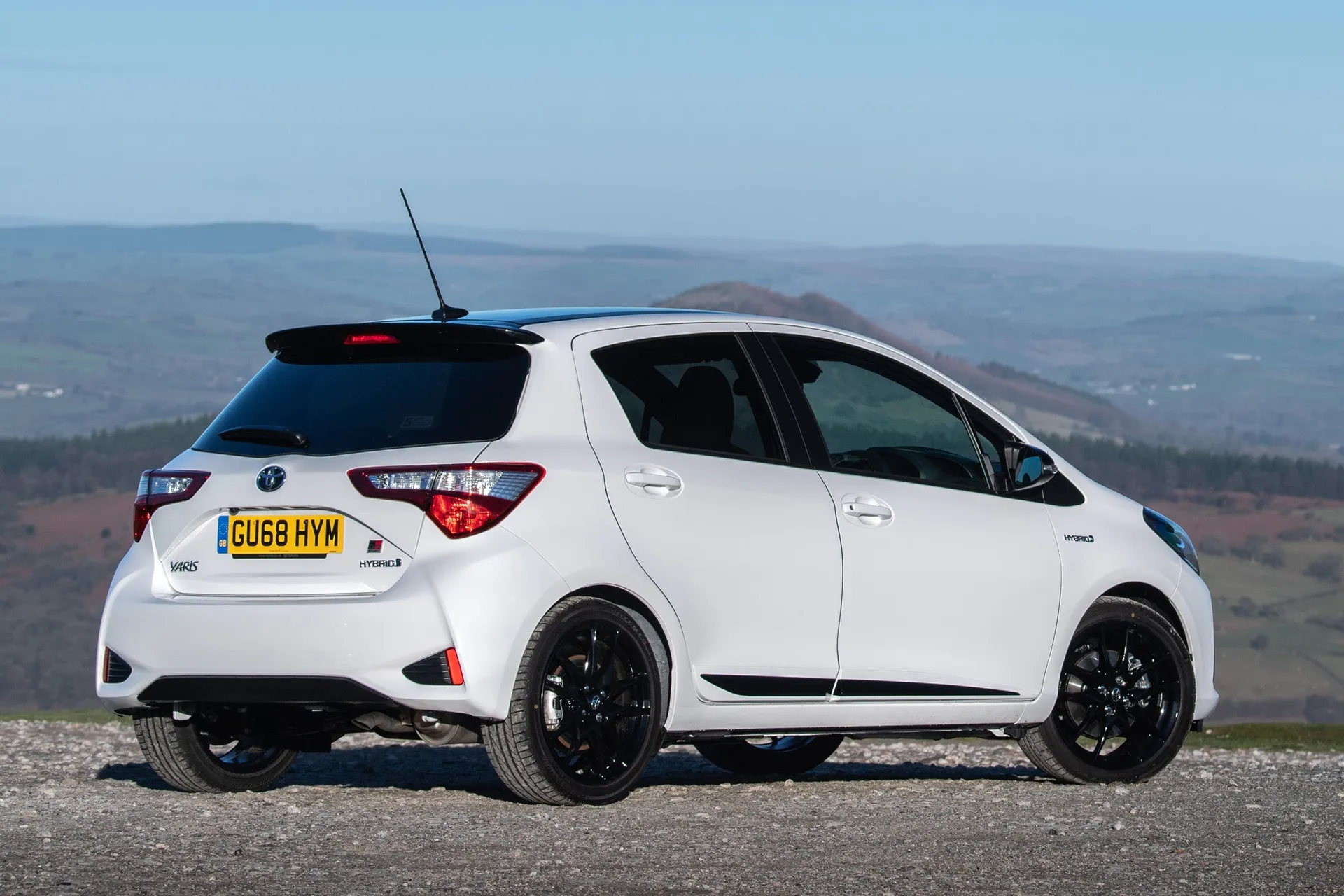
The hybrid versions maybe looked a little steep, but that’s to be expected due to the extra hardware and technology they’re carrying, and they’re also one of the most affordable hybrids on the market.
Barely used late 2020 examples are available for much less than the model that replaced it. We found a 2020 Hybrid with just 7,000 miles on the clock for £18,000.
Resale values are about average for the class, too, but happily for used buyers, the car has been around long enough for prices to fall a considerable distance. Our listings show plenty of early cars (with surprisingly low mileages) for less than £5,000, while three-year/60,000-mile examples check in at around £7,000.
Trim levels and standard equipment
During the Yaris’s long lifespan, Toyota restructured the trim levels several times over, and also periodically introduced limited-run special editions. At last count, we were aware of no less than 25 different versions over the years, but there could well be more.
Obviously, we can’t go through all of them here, so we’ll concentrate on the later versions available at the end of the car’s life. At this point in time, the Toyota Yaris Icon was the entry-level trim, and it provided pretty much everything you need, really, including alloy wheels, front foglamps, electrically adjusting door mirrors, remote locking, electric front windows, cruise control, automatic wipers, manual air-con, a leather steering wheel and a reversing camera (although strangely, no version gets parking sensors as standard).
The oyota Yaris Y20 version added a whole bunch of styling goodies inside and out, but nothing in the way of extra luxury kit.
oyota Yaris Excel trim gives you part-leather upholstery (full leather was optional), two-zone climate control, automatic headlights, electric rear windows, power fling door mirrors and keyless entry.
oyota Yaris GR Sport trim again added lots of racy styling accessories, and a sports suspension, but nothing else. It’s worth noting, though, that on earlier examples, things like alloy wheels and air-con were missing from the entry-level trims, so if you’re considering an older car, it’s worth upgrading to a mid-spec model if you can.
Ask the heycar experts: common questions
Is the Toyota Yaris Hybrid a good car to drive?
What is a Toyota Yaris GRMN?
How efficient is the Yaris Hybrid?
What ever happened to the Yaris Verso?
Get our latest advice, news and offers
Keep me updated by email with the latest advice, news and offers from heycar.
By submitting you agree to our privacy policy



